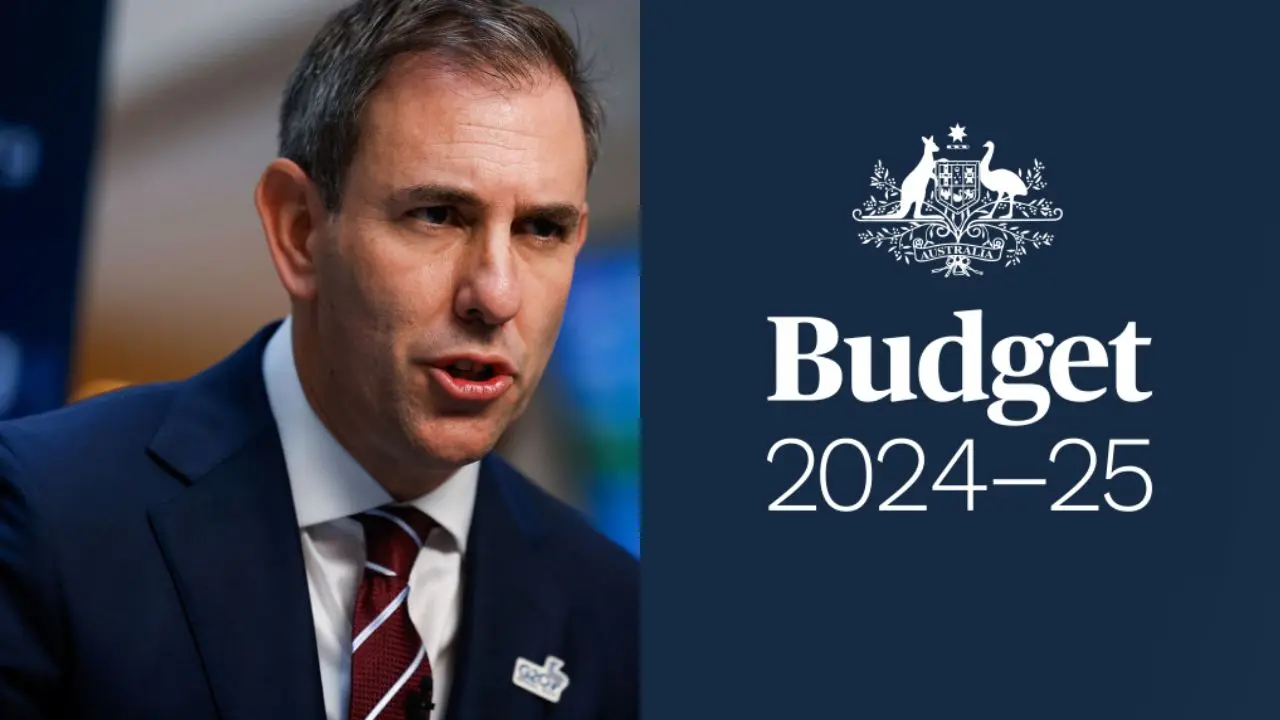Treasurer Jim Chalmers has handed down this year’s federal budget, the third of the Albanese government and recording a surplus of $9 billion.
The main focus of this budget is alleviating cost-of-living pressures. It also introduces a “Future Made in Australia” initiative that includes a number of changes to the higher education system. The budget has been billed by the Treasurer as “about relief, restraint, and reform”.
The biggest announcements for students are the introduction of means-tested paid placements for some students, and changes to indexation on HECS debts.
The biggest change affecting UOW is the government’s decision to mandate 40% of Student Services and Amenities Fee (SSAF) be directed to student-led organisations. This signals a change to the way SSAF money will be spent at UOW.
Tertangala will explore what this year’s federal budget means for students.
Changes to SSAF funding
The government has announced that it will mandate a minimum 40% of the SSAF revenue of each university be directed to student-led organisations, including student associations, student unions, and student guilds.
The SSAF is the mandatory fee that every student pays each year to attend university. It is usually around $300 per semester and is a large revenue stream for universities.
This mandate will cause a large restructuring of how SSAF money is spent at the University of Wollongong, as many of its student-led organisations are not funded under SSAF agreements.
Many universities already have minimum SSAF agreements with their student associations, and these changes will not affect their SSAF spending as a result.
Currently, UOW directs the vast majority of its SSAF revenue towards programs that are not led by students. These include Pulse, UniClubs, as well as a number of academic programs like the Academic Skills Centre. A number of full- and part-time staff positions at UOW are also funded by SSAF.
UOW’s Student Advisory Council (SAC), on which the Vice-Chancellor sits as its President, is also funded by SSAF. It is currently unclear whether councils like SAC would be considered student-led or not.
UOW’s student-led student association, the Wollongong Undergraduate Students’ Association (WUSA), is not funded by SSAF. Instead, it is funded directly by the University Board of UOW, and its funding is much lower than a typical mandated SSAF agreement.
Other student-led organisations at UOW include the Wollongong Postgraduate Association, UOW’s Queer Collective and the Women’s Collective.
The University of Melbourne Student Union (UMSU) receives a budget of approximately $7 million per year. UMSU receives 37.5% of SSAF revenue at the University of Melbourne. USyd’s SRC also received $2.6 million in SSAF funding this year.
In comparison, WUSA’s current budget is just over $100,000 per year under a non-SSAF agreement. WUSA would likely see a significant increase in its budget.
It is likely that many of the student-facing programs run at UOW that are funded by SSAF will have to be restructured to accommodate these changes.
HECS indexation and paid placements
A feature of this year’s budget measures directed at students is the wiping out of $3 billion in HECS debt brought on by last year’s indexation of 7.1%.
That indexation was in line with the Consumer Price Index (CPI) which measures inflation. HECS will now be indexed by taking the lowest of either the CPI or the Wage Price index (WPI).
Last year, the WPI was 3.2%, and indexation will be backdated to reflect this. The average student is expected to see a reduction of $1200 from their student debt.
The government will also establish a Commonwealth Prac Payment for students undertaking mandatory workplace payments as part of their degrees. The measure will be limited to those studying teaching, nursing, or midwifery.
The payment will total $319.50 per week and will be means tested. The requirements to receive the payment are expected to be similar to other income support payments, though no details on eligibility have been provided.
Expanding education attainment
This budget addresses 29 out of the 47 recommendations proposed by the recent Universities Accord. The government has endorsed the Accords’ proposed target of 80% tertiary attainment rate of the working-age population by 2050.
To drive growth in tertiary participation, the government has introduced a needs-based funding model to increase tertiary education participation.
The government will provide per-student funding contributions for students from under-represented backgrounds. The funding is intended to be used for activities that make higher education more accessible.
Cover image source: Commonwealth of Australia


Comments
One response to “Changes for UOW coming in this year’s federal budget”
Hi, I read your article and i appreciate your insight as to how the budget affects students here at UOW.